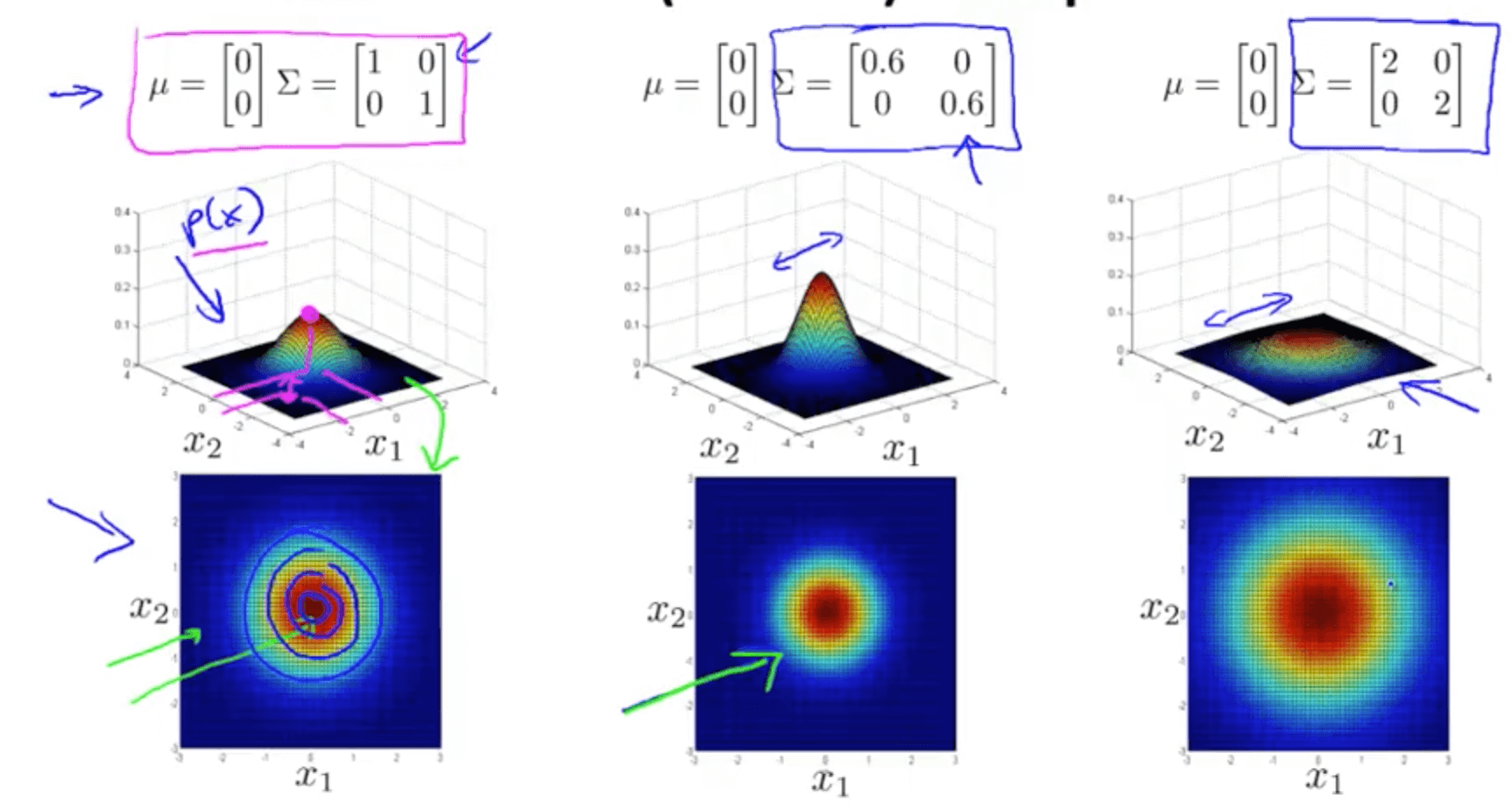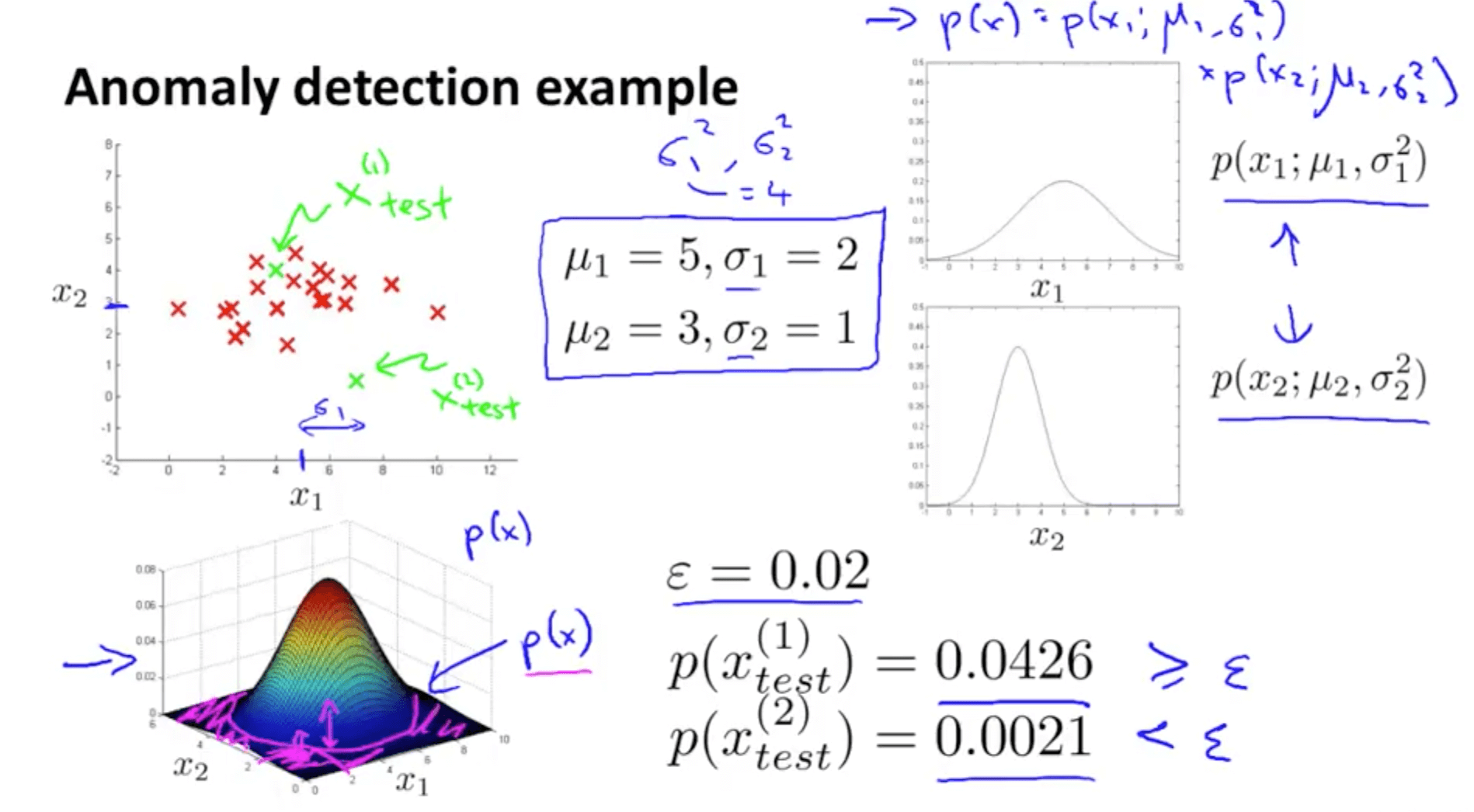
However, dark data and unstructured data, such as images encoded as a sequence of pixels or language encoded as a sequence of characters, carry with it little interpretation and render the old algorithms useless…until the data becomes structured. Their data carried significance, so it was possible to create random trees and look for fraud. The data came structured, meaning people had already created an interpretable setting for collecting data. There is a clear threshold that has been broken.įraud detection in the early anomaly algorithms could work because the data carried with it meaning. If a sensor should never read 300 degrees Fahrenheit and the data shows the sensor reading 300 degrees Fahrenheit-there’s your anomaly. Anomalous data may be easy to identify because it breaks certain rules. Structured data already implies an understanding of the problem space. Unstructured data: what’s the anomaly?Īpplying machine learning to anomaly detection requires a good understanding of the problem, especially in situations with unstructured data. Machine learning, then, suits the engineer’s purpose to create an AD system that:ĭespite these benefits, anomaly detection with machine learning can only work under certain conditions. Under the lens of chaos engineering, manually building anomaly detection is bad because it creates a system that cannot adapt (or is costly and untimely to adapt). When the system fails, builders need to go back in, and manually add further security methods. Building a wall to keep out people works until they find a way to go over, under, or around it. This requires domain knowledge and-even more difficult to access-foresight.įor an ecosystem where the data changes over time, like fraud, this cannot be a good solution. It is tedious to build an anomaly detection system by hand. “Anomaly detection (AD) systems are either manually built by experts setting thresholds on data or constructed automatically by learning from the available data through machine learning (ML).” From a conference paper by Bram Steenwinckel: In enterprise IT, anomaly detection is commonly used for:īut even in these common use cases, above, there are some drawbacks to anomaly detection. Anomaly detection helps the monitoring cause of chaos engineering by detecting outliers, and informing the responsible parties to act. With hundreds or thousands of items to watch, anomaly detection can help point out where an error is occurring, enhancing root cause analysis and quickly getting tech support on the issue. In today’s world of distributed systems, managing and monitoring the system’s performance is a chore-albeit a necessary chore.

These anomalies might point to unusual network traffic, uncover a sensor on the fritz, or simply identify data for cleaning, before analysis. Of course, with anything machine learning, there are upstart costs-data requirements and engineering talent.Īnomaly detection is any process that finds the outliers of a dataset those items that don’t belong.

However, machine learning techniques are improving the success of anomaly detectors.
#ANOMALY DETECTION MACHINE LEARNING SOFTWARE#
Reduce threats to the software ecosystem.Enhance communication around system behavior.Wa_cq_url: "/content/Anomaly detection can: Wa_audience: "emtaudience:business/btssbusinesstechnologysolutionspecialist/developer/softwaredeveloper", Wa_english_title: "Anomaly Detection Course", Wa_emtsubject: "emtsubject:itinformationtechnology/aiartificialintelligence,emtsubject:itinformationtechnology/aiartificialintelligence/mlmachinelearning", Wa_emtcontenttype: "emtcontenttype:training/instructionalmaterials/courseware,emtcontenttype:training/howtotrainingvideo",

Wa_emtprogramminglanguage: "emtprogramminglanguage:python",


 0 kommentar(er)
0 kommentar(er)
